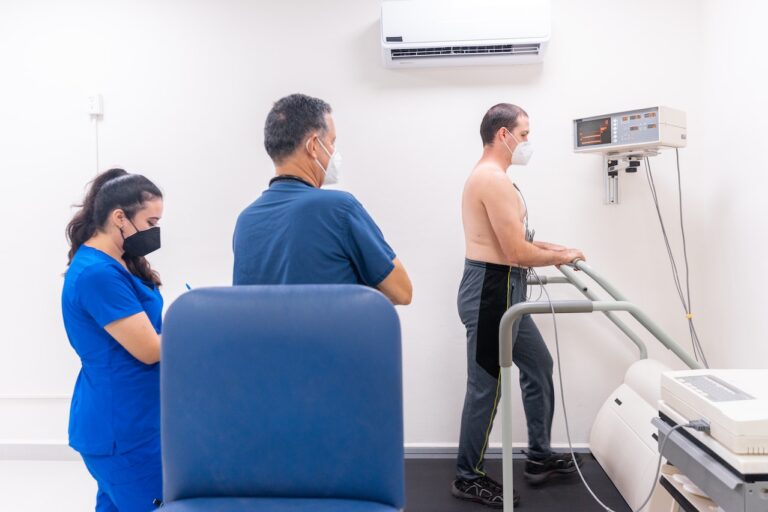With a rich cricketing history and a passionate fan base, India is an ideal host for the CWC 2023. The country has successfully organized major sporting events in the past, including the 2011 ICC Cricket World Cup and the Indian Premier League (IPL). The CWC 2023 will not only be a battle between nations but also an opportunity for emerging talent to shine on the global stage. As different teams begin their preparations and finalize their squads, speculation is rife about which players will make it onto their respective national teams. Cricket enthusiasts around the world eagerly await this tournament as it promises to deliver thrilling matches, unforgettable moments, and perhaps even some upsets along the way.
The Cricket World Cup is one of the most prestigious tournaments in the world of cricket, bringing together teams from all corners of the globe to compete for glory. The next edition of this highly anticipated event will take place in 2023, and fans are already buzzing with excitement.
One-Day Internationals (ODIs) and participating teams
The One-Day Internationals (ODIs) in the context of the ICC CWC 2023 will see participation from teams all around the world. The tournament is expected to feature a total of 10 teams, including the top-ranked cricketing nations. Apart from these powerhouse teams, there will also be opportunities for underdogs and emerging cricketing nations to showcase their talent on a global platform.
With the introduction of new rules and regulations by ICC for ODIs, such as allowing substitute players for concussion cases or introducing powerplays at different stages of the game, it adds another layer of excitement to this format of cricket. Overall, the One-Day Internationals at CWC 2023 promise to be a thrilling tournament featuring top-notch teams from around the world competing fiercely for ultimate glory in one-day cricket.
Host country and stadiums for the tournament
The CWC 2023 is scheduled to be held in India. As the host country, India will have the privilege of organizing matches across various stadiums. The tournament will showcase some of the most iconic cricket grounds in the country.try, known for its rich history and enthusiastic crowds.
One of the main stadiums hosting matches during the World Cup is the M. Chinnaswamy Stadium in Bengaluru. With a seating capacity of over 38,000, this venue has witnessed many historic moments in Indian cricket, Known for its lively atmosphere and fast-paced pitches, it promises to offer an exhilarating experience for players and spectators alike. Another prominent stadium that will be part of the tournament is Eden Gardens in Kolkata. Fondly called “The Mecca of Indian Cricket,” this iconic ground has a capacity of around 68,000 people. It is known for its passionate fans, who create an electric atmosphere during matches, making it one of the most intimidating venues for visiting teams.

Exciting talents who can make a difference
One of the most thrilling aspects of the upcoming CWC 2023 is the potential for talented players to emerge and make a significant impact on the tournament. Every edition of the World Cup has witnessed new stars rising to prominence, showcasing their skills and leaving a lasting impression on cricket fans worldwide. The 2023 event promises to be no different, with numerous young talents eagerly waiting for their moment to shine. These exciting talents possess the ability to make a difference not just through their individual performances but also by inspiring and leading their teams towards victory.
Whether it’s an explosive batsman who can single-handedly change the game’s momentum or a fast bowler capable of demolishing opponents’ batting lineups, these players have what it takes to leave an indelible mark on the tournament. Their innovative style of play, fearlessness under pressure, and hunger for success set them apart from others and make them true game-changers. As fans eagerly anticipate CWC 2023, they are excited about witnessing these exceptional talents take center stage. Their electrifying performances have already caught everyone’s attention in domestic leagues or international matches leading up to the tournament. From powerful hitters capable of scoring quickfire centuries to crafty spinners adept at bamboozling opponents with their variations, these players bring something unique and exhilarating to each match they participate in.

Anticipation and excitement for CWC 2023
The anticipation and excitement surrounding the CWC 2023 is building up to unprecedented levels. As one of the most prestigious tournaments in international cricket, fans from all over the world are eagerly waiting for this event. The forthcoming edition promises to be even more captivating, given that it will be held in India – a country known for its immense love and passion for cricket.
One of the main reasons behind this mounting enthusiasm is the fact that it has been eight years since India last hosted a Cricket World Cup. The cricket-crazy nation is thrilled about being able to witness their favorite sport’s pinnacle event on home soil once again. The previous tournament held in India in 2011 was a roaring success, with millions of fans flocking to stadiums and billions glued to their television screens, making it one of the most-watched sporting events ever.
As the host nation, Team India will have a significant advantage. The Indian team boasts an immensely talented roster that has consistently performed exceptionally well on home turf. With star players like Virat Kohli leading the charge along with a dynamic supporting cast, expectations are sky-high among Indian supporters. The prospect of seeing their team lift the coveted trophy amidst electrifying atmospheres further adds fuel to an already blazing fire of anticipation and excitement for CWC 2023.




























